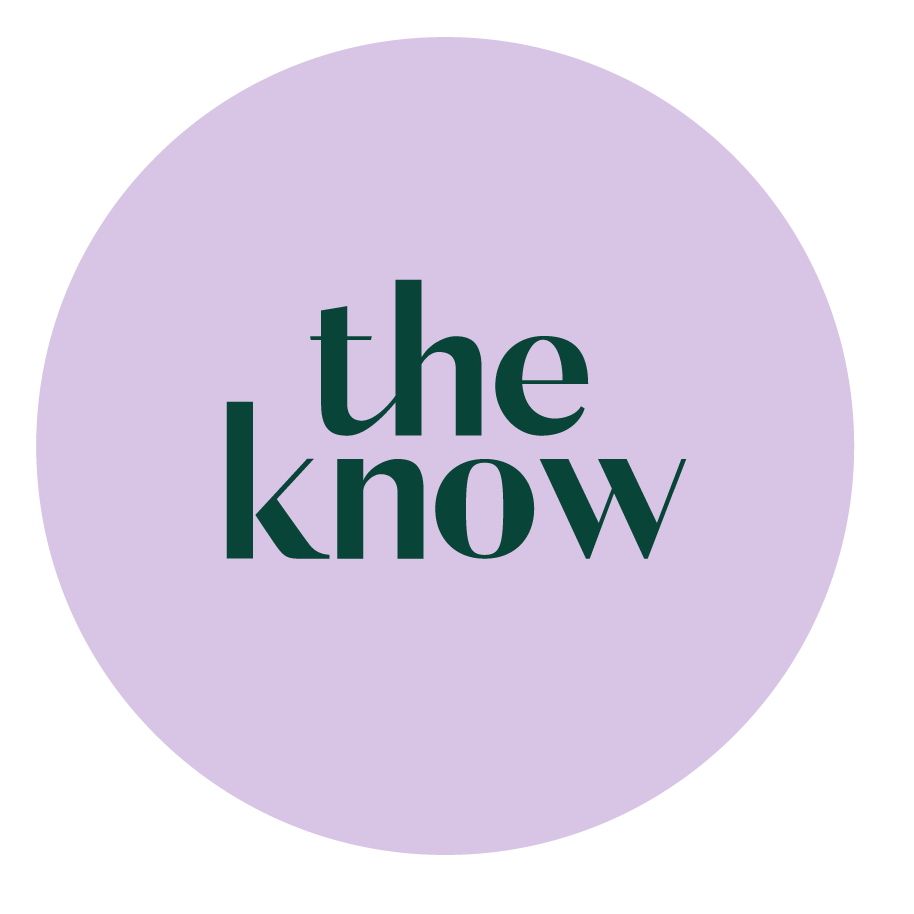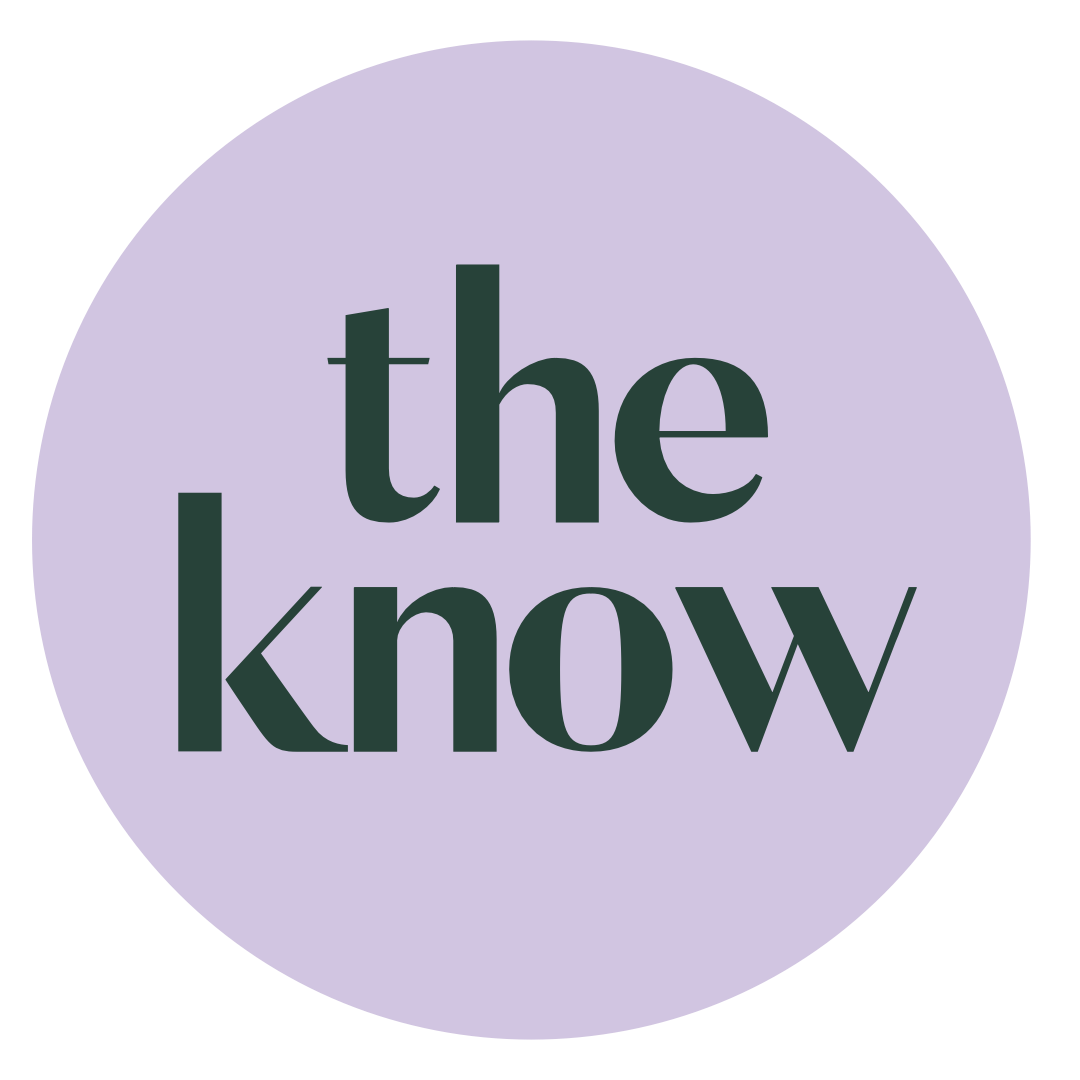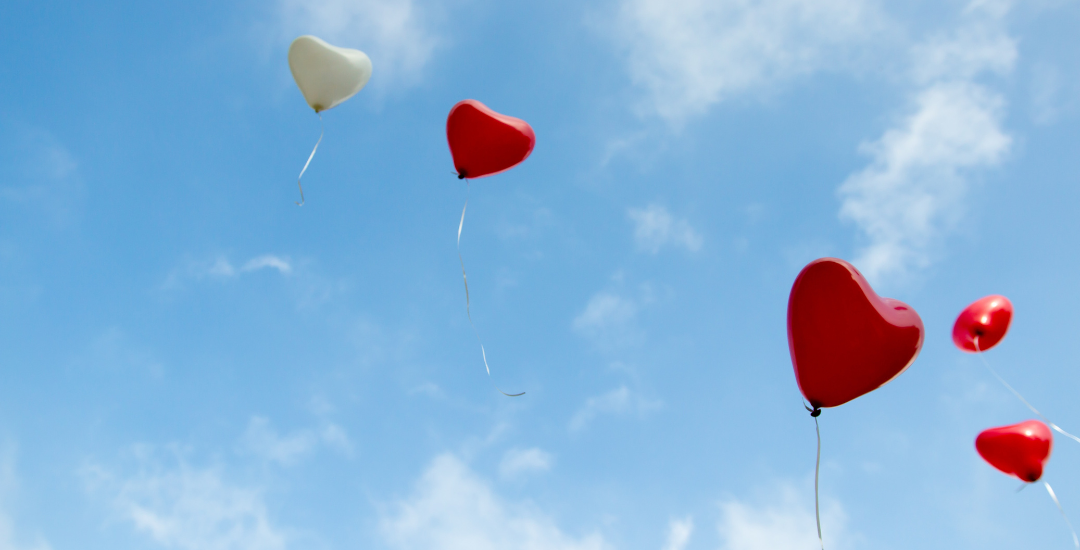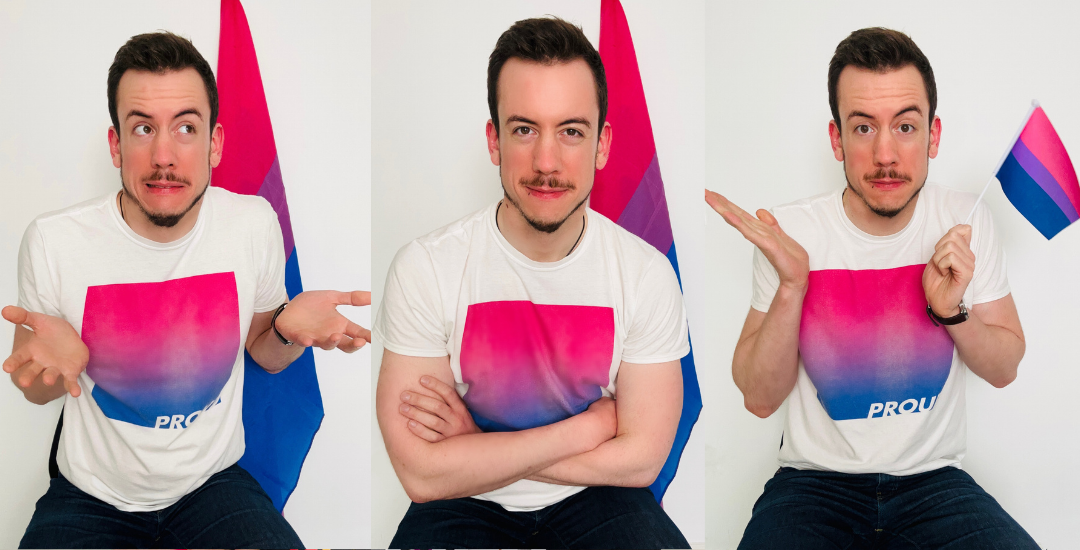Curious about bisexuality? Some advice for finding your best self
Written by Mark Cusack (he/they), an integrative sexuality and relationship coach, and the founder of the educational platform @notdefining.
Have you ever wondered whether you’re 100% straight? Secretly pondered what kissing your friend might be like? Or perhaps you’re happily heterosexual but aware of your capacity for a little more…?
Most of us experience some kind of bi-curious feelings in our lives but wouldn’t define ourselves as “bi”. Research shows that as many as one in four people say they’re somewhere on the non-hetero spectrum, but fewer than 2% say they’re actually bisexual.
As this week is bi visibility week, I wanted to share some tips on how to figure out where you might be on the scale, for those who’ve ever wondered…
Qualities not genders
Thinking in binary terms such as “opposite sex” or “same-sex” isn’t helpful when it comes to figuring out our sexuality.
Straight people are attracted to different things and what is hot to one person could be a turn-off to another. There is nothing inherently attractive about being male or female.
A better place to start is to think of people as people. When we take gender out of the equation, we can focus our attention on the actual qualities we like.
Do you like slim people or broad people? Do you like nurturing or protective energy? Do you love soft or firm skin, dark hair, deep eyes? Do you like someone to hold you, or do you like to be held etc.
No human trait is confined to a gender so thinking about it this way can be much more helpful and lead to us to a deeper understanding of ourselves.
The power of now
The great thing about focusing on qualities not genders is that things can be more flexible. Saying “I’m bisexual” or “I’m straight” feels very final. Focusing on what qualities you like can make things feel lighter and more changeable.
Every animal ever studied displays bisexual behaviours… and, yes, that includes humans! This means it’s perfectly natural to experience a variety of attractions at different times.
So if you find yourself drawn to a certain quality, you can say “I feel drawn to this quality right now”. This may change or shift in time, and that’s completely okay.
Check in with your body
Another thing you can do is to check in with your body. Most of us are so beholden to labels that we ignore what our bodies are actually feeling.
Your body communicates in sensations, not labels. It just feels nice or it doesn’t. We can align with our body’s sensations by regularly asking what makes it feel good – and then let it be without judgement.
You don’t owe anyone
We tend to expect people to declare their sexual identity to the world. People feel it is their business to box you in – but remember, you don’t owe them anything.
What your body feels is your business – it’s unique and can never be explained. Don’t let anyone pressure you into explaining yourself.
Make the label fit you
If you do wish to have a label, you can choose one that feels right for you… and contrary to popular belief, there are no rules to doing this.
You can use more than one label, or change your label over time. You can use certain terms around close friends and others around family or colleagues. It’s completely up to you.
The bi community
The bi community is a diverse and welcoming group. You don’t have to like men and women 50:50 or have equal romantic vs. physical attraction – most of us don’t.
Plus, there are more of us than you think. We tend to be invisible because people assume we’re gay or straight based on the gender of our partner, but start being open and you’ll find us everywhere!
There is no one right way to be on the bi/multi-spectrum and everything is welcome.
Broad terms
There are many other terms you can use if you fancy something a bit broader. There is non-defining, questioning, bi+, fluid, multisexual, pansexual, queer, bi-curious or flexible. Once again, there are no set rules and they are all fine if they feel right to you.
You are valid!
Of course, there are some people who like to comment on other people’s identities. Biphobia is sadly real.
Queer/bi women can be invalidated for not being “queer enough”. Queer/bi men can be labelled as gay and “in denial”.
We might feel less valid because we haven’t “acted on” it but you never have to prove yourself. There is no such thing as “queer enough” and anyone who says otherwise is actually being queerphobic.
Connecting with others
Finally, make sure you talk to someone if you can. Talking can feel scary but it can change your life. I was surprised by how many people understood me even when I thought they never would.
You can also make use of the internet. Follow social media hashtags and you will find a wealth of information about different sexualities. Look up bi meet-up groups in your area.
Finally, if you would like to find out more about the ins and outs of sexuality, gender and identity, come and follow @notdefining on YouTube, Instagram, TikTok, Twitter and Patreon for daily advice and support on finding your best self.
Mark Cusack (he/they) is an Integrative Sexuality and Relationship Coach specialising in complex sexuality and gender. Mark defines on the fluid bi, asexual, and gender diverse spectrums.
Mark is the founder of @notdefining, an educational platform for those who want to deeply understand their sexuality, gender and identity.






